Act for the environment
The Van Allen Foundation is committed to protecting the environment through concrete actions.
Desdemone program: nanospatial technology serving the seas and oceans
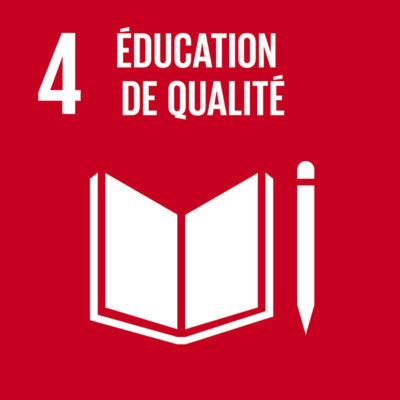
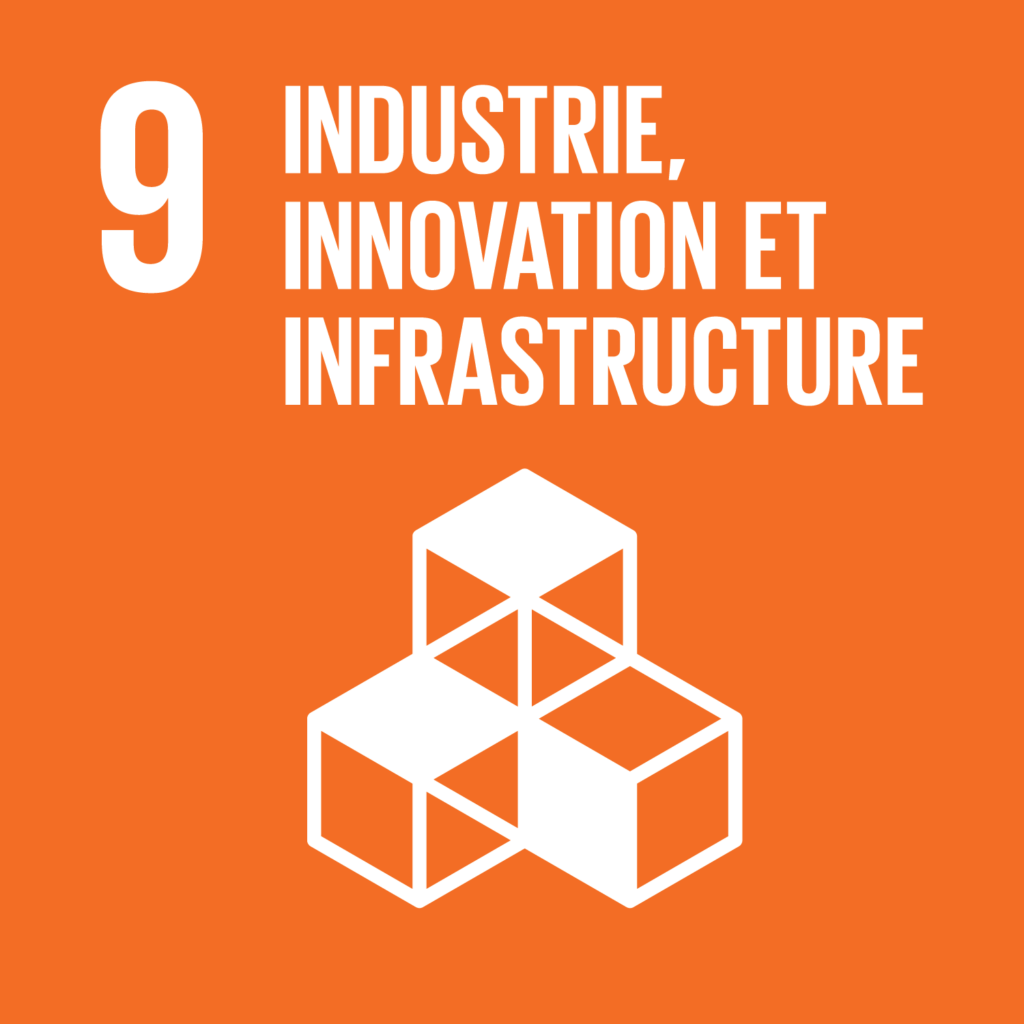
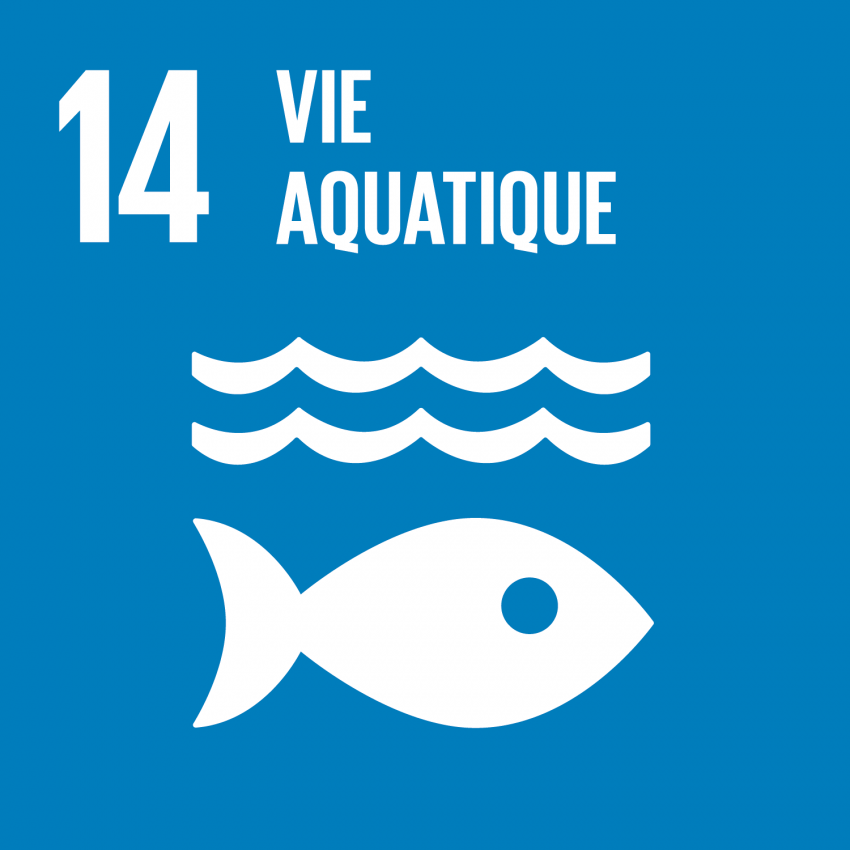
The challenge of plastic in the sea
The seas and oceans are among the ecosystems most threatened by plastic pollution. Approximately 4.8 to 12.7 million tons1 of plastic waste are dumped into the seas and oceans each year. 80% of this waste originates on land. The ecological consequences are significant and global in scale.
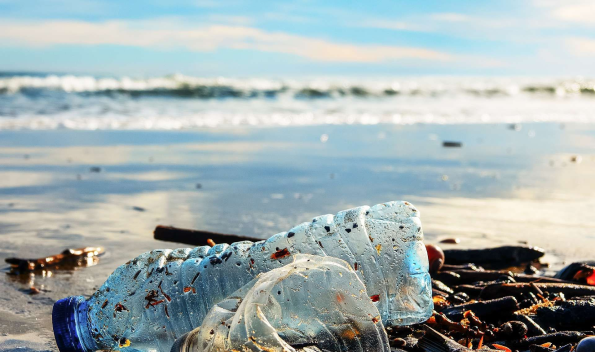
Reducing them is a complex task due to the multitude of sources of plastic and their wide dispersion over long distances.
Retention on rivers, collection at sea, collection on beaches, detection by drone or airplane… stakeholders are mobilizing, but in a disparate manner.
How can nanospatial technology contribute to reducing macro marine plastic waste?
Spatial data enables accurate detection over large areas and, above all, modeling in space and time. A nanosatellite monitoring system could provide the missing data on a large scale and in near real time for:
- Map the accumulation of macro plastic waste on land and at sea on a global scale;
- Model the evolution of macro plastic waste flows over time;
- Support public policy with objective and recurring data.
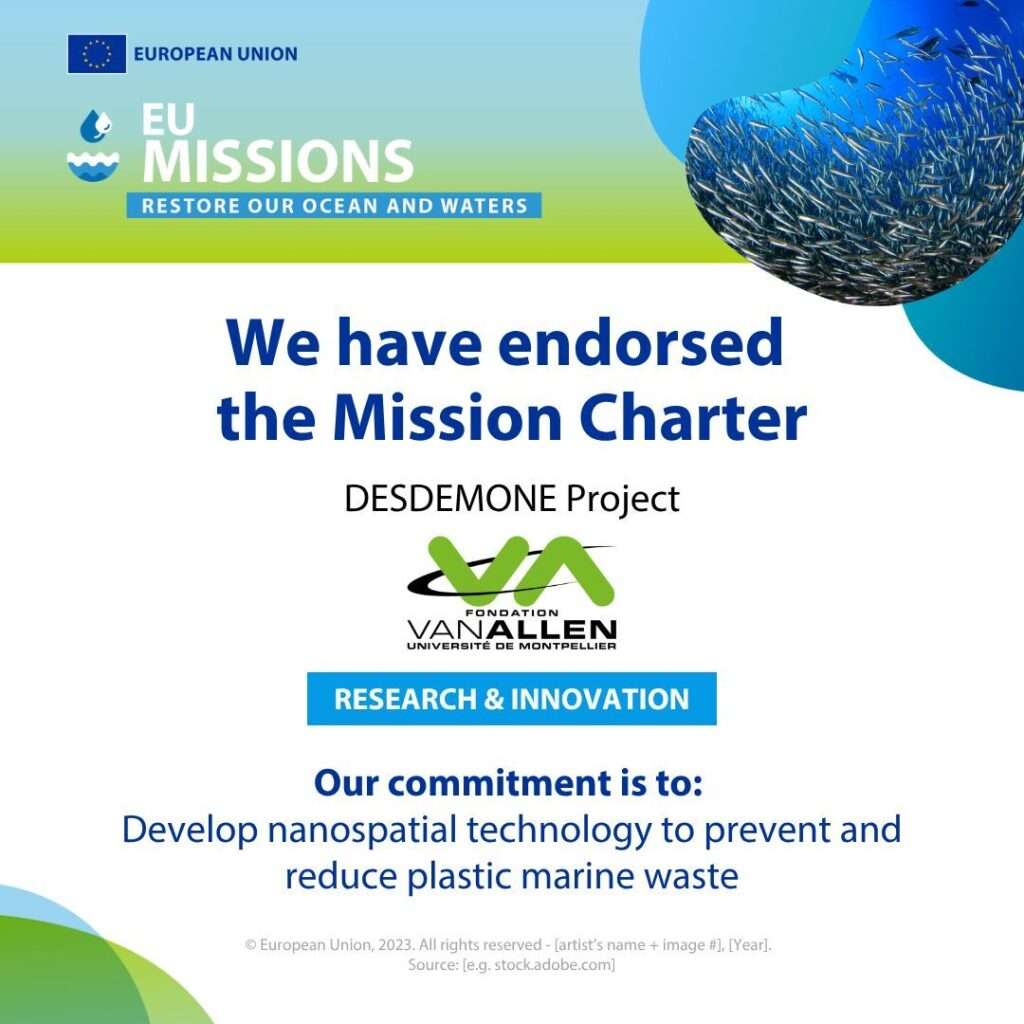
In January 2025, the Van Allen Foundation launches the DESDEMONE program.
In November 2025, the DESDEMONE project was approved as a project that meets the charter of the European Union’s “restoration of waters and oceans” mission.
The ambition of the desdemone program
The program aims to use nanospatial technology to help socioeconomic actors monitor, prevent, and take effective action against macro plastic waste as part of a comprehensive strategy.
Our objectives:
- Detect areas of accumulation of macro plastic waste on land and at sea using a nanosatellite;
- Map and model plastic waste flows between land and sea;
- Integrate satellite data into policy strategies and the practices of socio-economic actors to coordinate prevention and collection actions;
- Raise public awareness of the need for behavioral change;
- Test potential recovery methods wherever possible.
The program has multiple objectives:
- Technological: by designing a 12U nanosatellite capable of detecting macroplastics;
- Scientific: by observing the circulation and accumulation of marine macroplastics in near real time;
- Educational: by involving students from the Space Center and raising public awareness about marine plastics and space;
- Societal: by bringing together all stakeholders in the sector : public, private, scientific, academic, and non-profit—to co-develop the solution.
A program that combines science, education, and fieldwork.
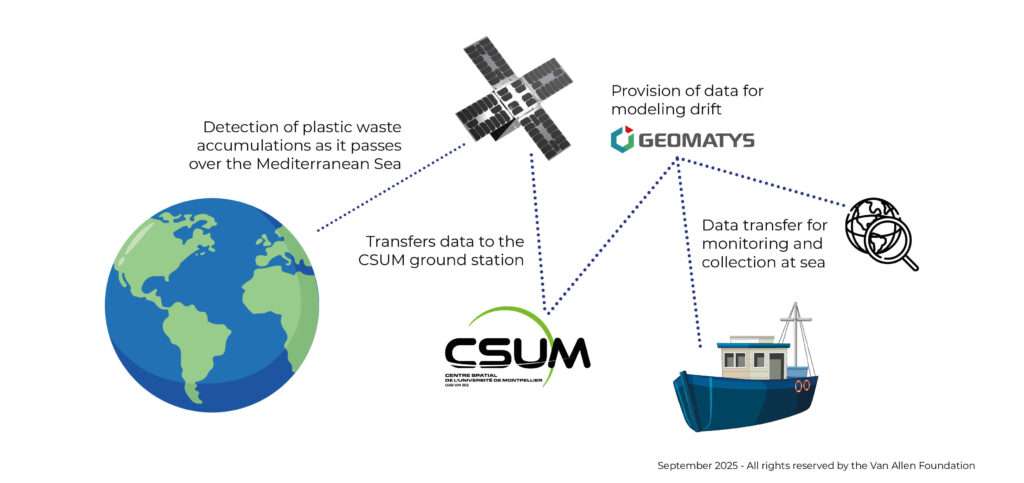
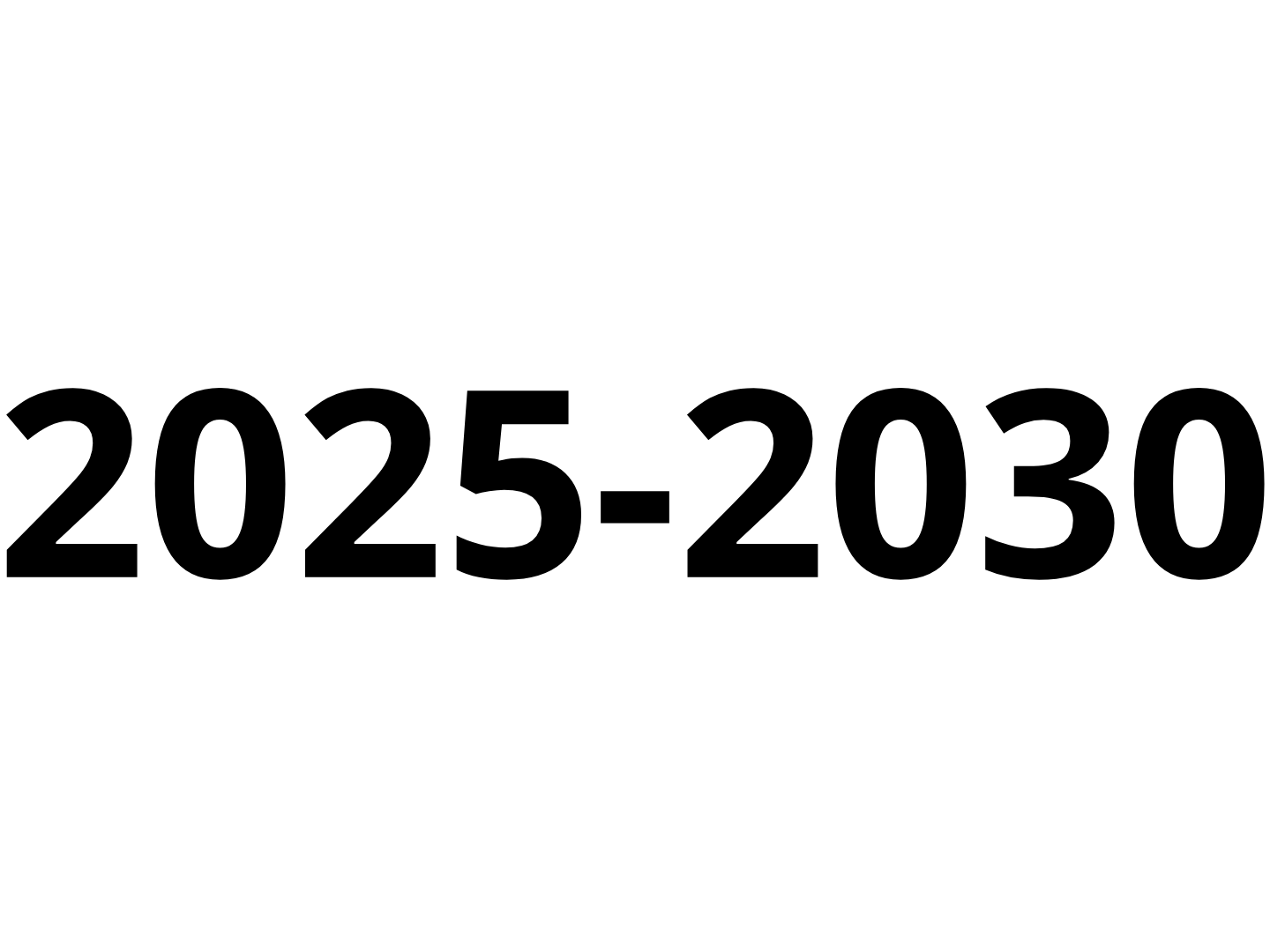
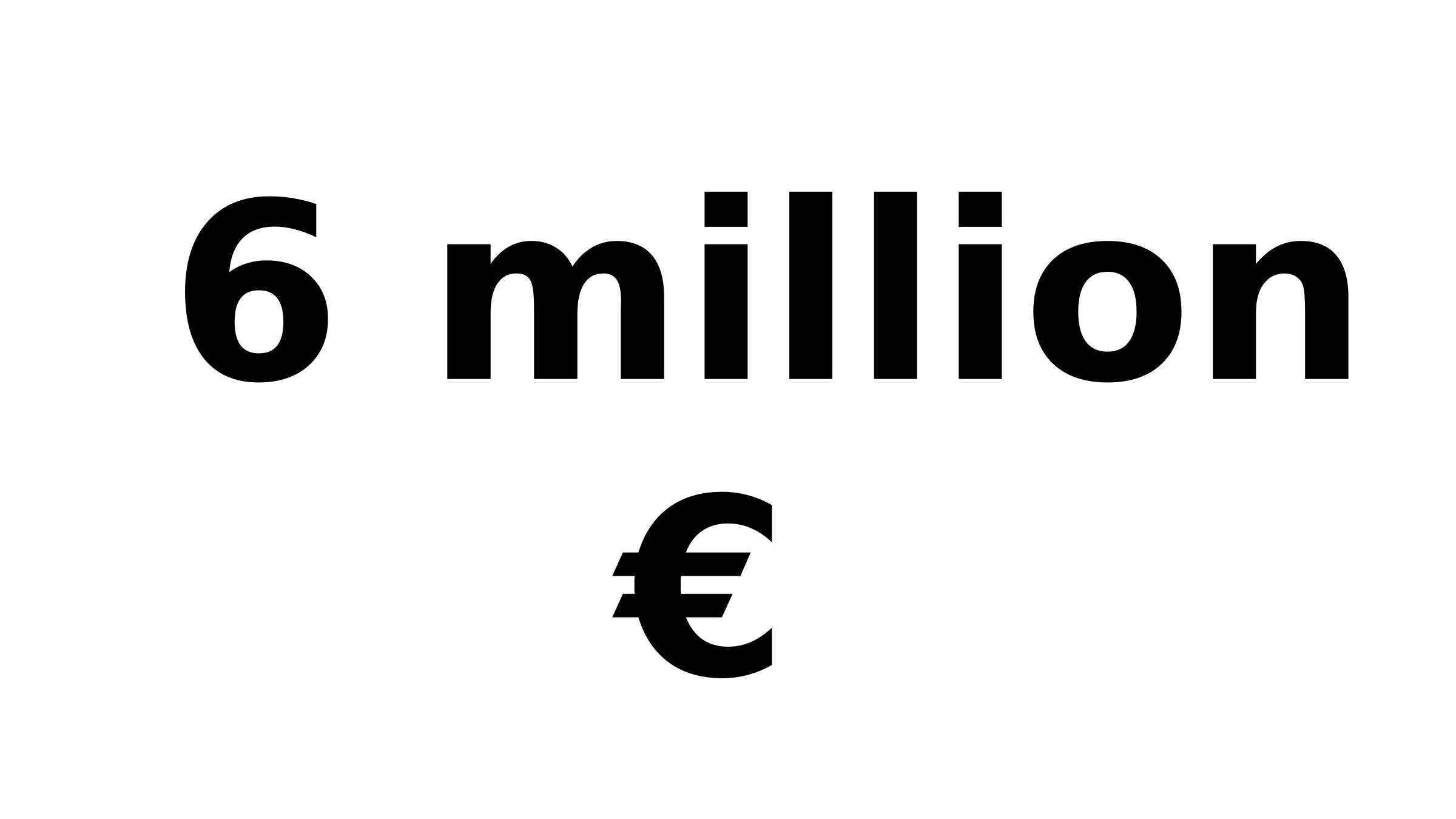
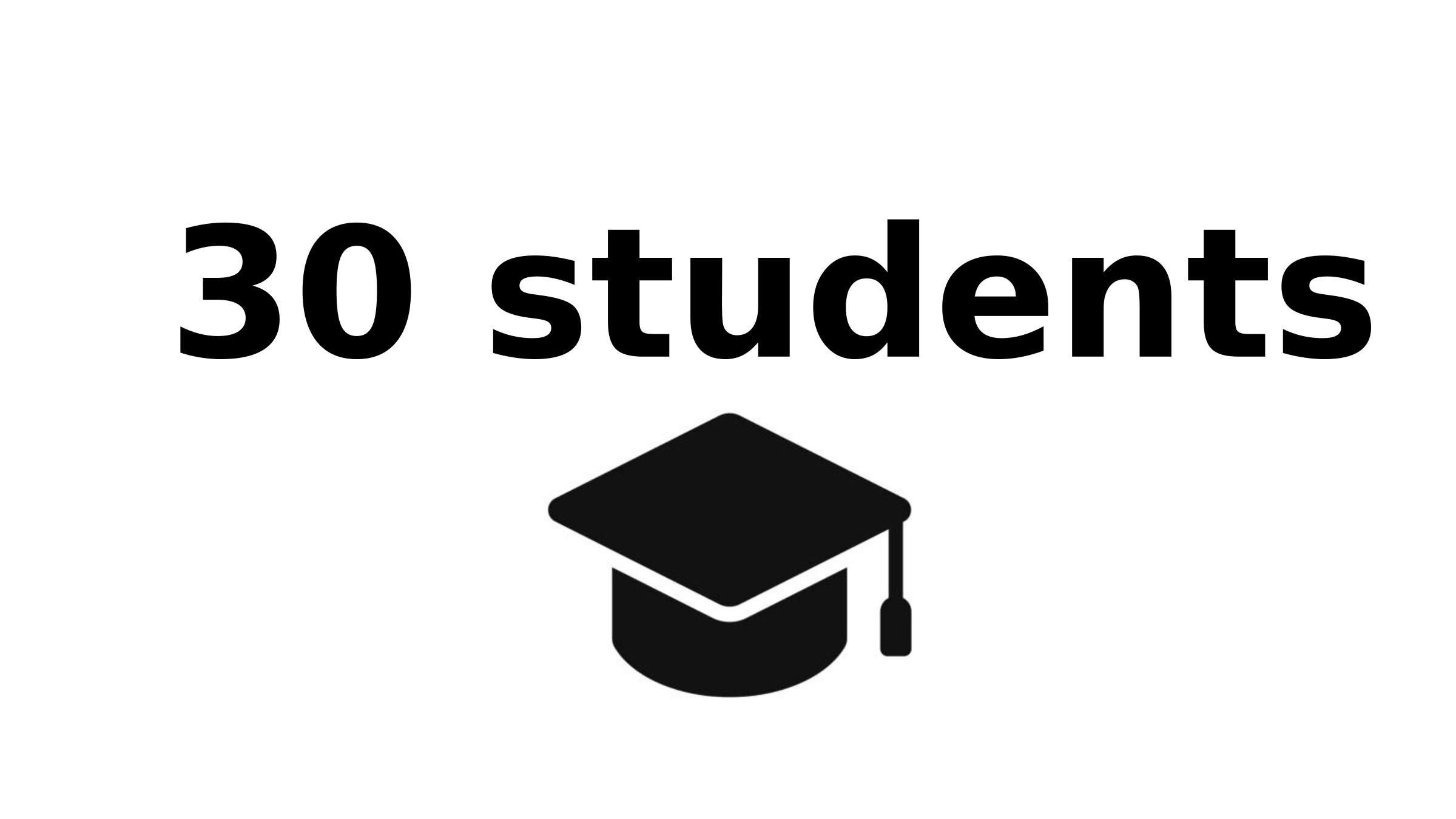
Duration of the DESDEMONE program
Budget allocated to the program
30 students trained per year at the CSUM
Our partners
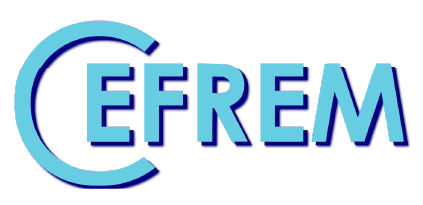

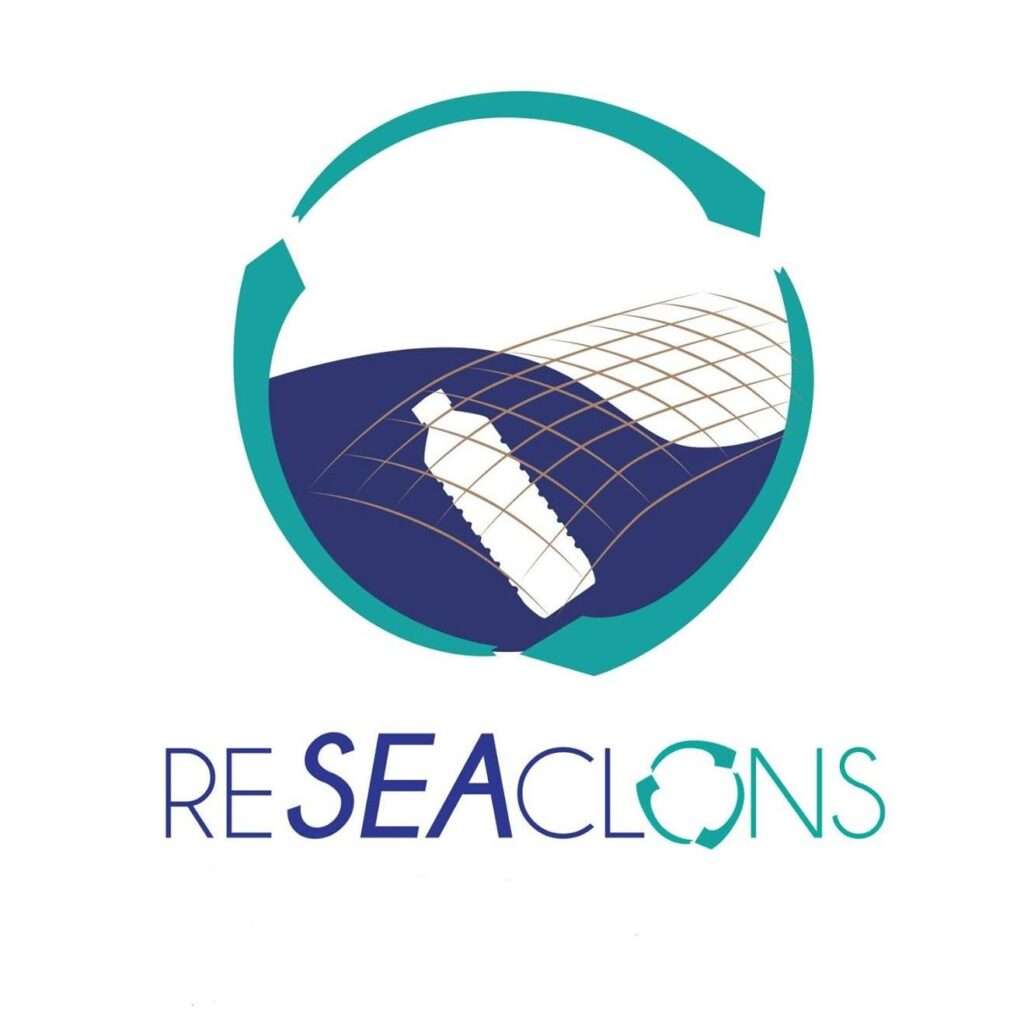
They support us
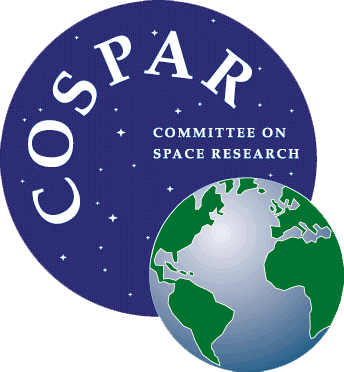


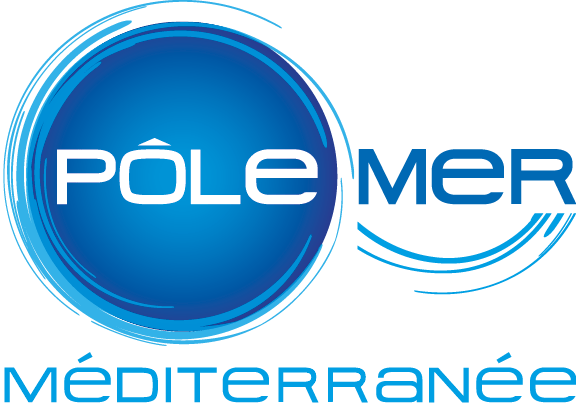

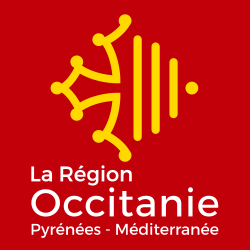
Improve meteorological modelling for forecasting Cévenol events
In order to predict these Cévenol events and to have a more accurate weather forecast, the Montpellier University Space Centre (CSUM) is building an experimental nanosatellite in collaboration with Météo France, the IGN, the ENSTA Bretagne engineering school and the port of Sète-Frontignan, and with the financial support of the Van Allen Foundation and the CNES.
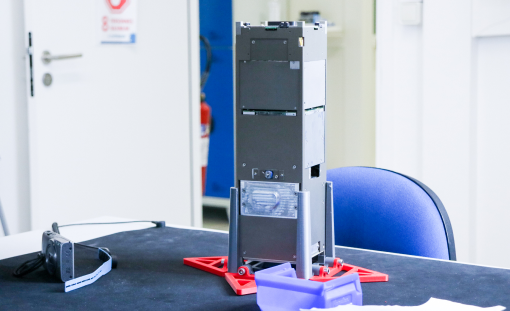
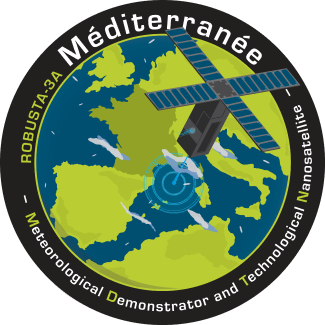
The Méditerranée project consists of equipping ships that regularly cross the Mediterranean with GNSS receivers. The signals from these satellite-positioning systems are affected by water vapour in the troposphere. It is therefore possible to deduce from this the amount of water vapour accumulated over the Mediterranean and likely to cause a Cévenol event. In order for this data to be useful, it is necessary to transmit it as soon as possible to end-users. That is the role of CSUM’s ROBUSTA 3A nanosatellite that will collect data and transmit it to partners, providing valuable information on the risks and their location.
Today, the engineering model of ROBUSTA 3A has just been assembled. It will be ready for launch in 2023.
- Source: European Parliament Research Service ↩︎